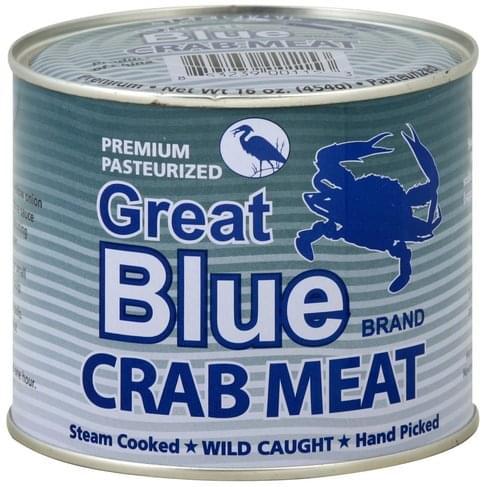

The public debate on future diets is currently strongly focused on the so called ‘green shift’- shifting consumption from terrestrial animal-based to plant-based foods, with far less attention devoted to a possible ‘blue shift’ where aquatic-sourced foods play an increasingly important role. In addition, potential environmental benefits have been demonstrated from replacing other animal foods with seafood 10, 11, 12. Seafood is also important in the prevention of numerous non-communicable diseases and tackling widespread micronutrient deficiencies 5, 6, 7, 8, 9, reasons why many governments recommend increased consumption. Aquatic ecosystems play a crucial role in meeting human nutrition goals 4, as seafood provides substantial amounts of protein, n-3 fatty acids and micronutrients such as vitamin D, vitamin B12, selenium, iodine, iron, zinc and phosphorus.

There is substantial evidence that the health benefits of seafood consumption generally outweigh the potential negative health effects of contaminants or other safety risks 2, 3. In 2017, seafood accounted for 17 percent of the global intake of animal protein 1. Globally more seafood than ever is being produced and consumed and demand continues to grow with increasing wealth and population growth 1. Based on the patterns found in nutritional attributes and climate impact, we recommend refocusing and tailoring production and consumption patterns towards species and production methods with improved nutrition and climate performance, taking into account specific nutritional needs and emission reduction goals. Which nutrients contribute to nutrient density differs between seafoods, as do the nutrient needs of population groups within and between countries or regions. Many but not all seafood species provide more nutrition at lower emissions than land animal proteins, especially red meat, but large differences exist, even within species groups and species, depending on production method. The highest nutrient benefit at the lowest emissions is achieved by consuming wild-caught small pelagic and salmonid species, and farmed bivalves like mussels and oysters. Here, we assess the nutrient density and greenhouse gas emissions, weighted by production method, that result from fishing and farming of globally important species. Seafood holds promise for helping meet nutritional needs at a low climate impact.


 0 kommentar(er)
0 kommentar(er)
